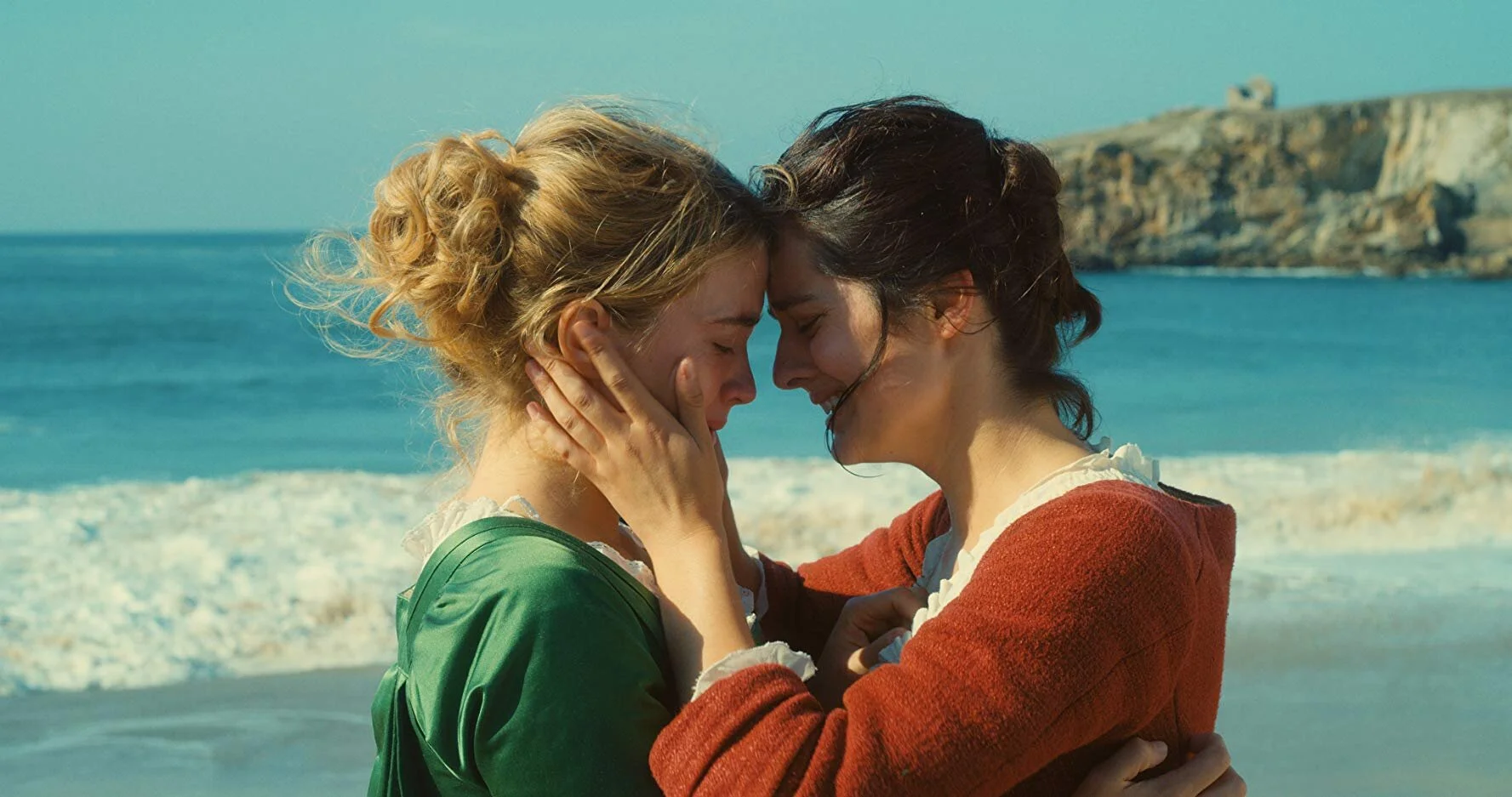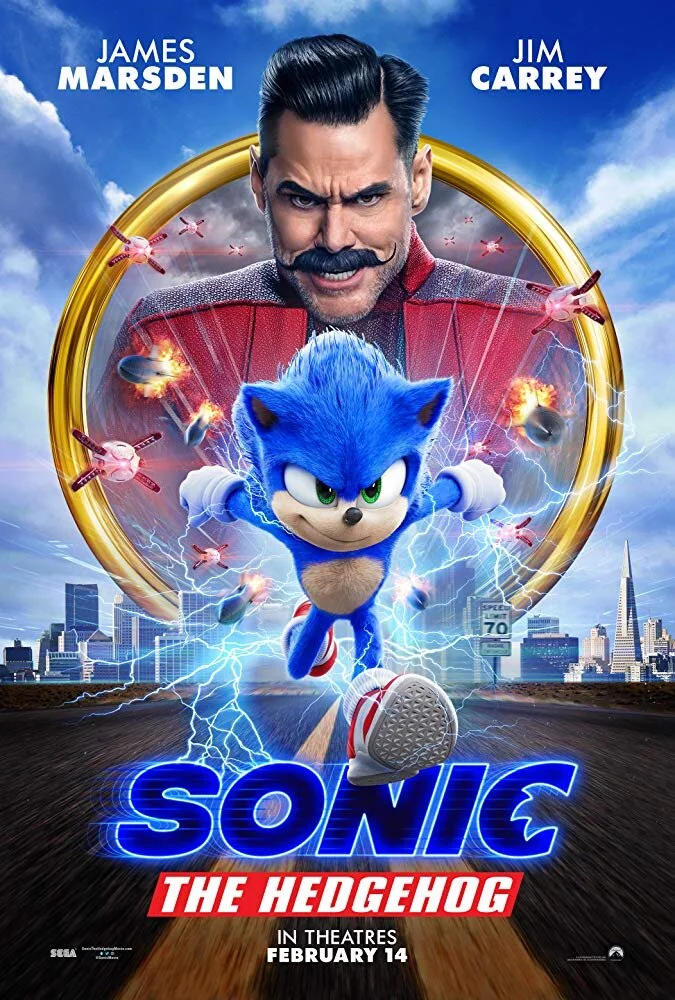'The Call of The Wild' should have recalled the CGI department
(In my best Harrison Ford voice) "when the shrooms wore off, I realized that I wasn't in outer space speaking to a Wookie, but instead, I was talking to my dog Buck in the middle of the woods." A mushroom trip is precisely what the dizzyingly cartoonish images from "The Call of The Wild" felt like not only in the design of its protagonist Buck but its other characters, environments, and animations as well. If adapted into a hand-drawn 2D animated film, "The Call of The Wild" could have been an excellent interpretation of Jack London's fabled novel. This live-action version proves to be not only distracting with its effects but also unintentionally hilarious at times. Mr. London would be embarrassed.
Stemming from a book published in 1903, "The Call of The Wild" is no stranger to adaptations. From my limited understanding of the interpreted material, no one has seemed to quite crack the book on screen. Perhaps the reason could be is that its protagonist isn't human. Anyone who's made a film knows that the two main things that are the most difficult too direct are children and animals—also, Bruce Willis. Sure we've had Mr. Ed, Lassie, Beethoven, Airbud, and Eddie from Frasier. But none of them could execute the subtleties that director Chris Sanders was aiming for; thus, he created a CGI Pixar cartoon undeserving of standing amongst real-life human beings. Coming from an animation background directing "Lilo & Stitch" and "How to Train Your Dragon," it is unconscionable to me why Chris Sanders decided to make this a live-action film. Was it his decision or a studio's demand? Clearly, from his previous work, Sanders was the right choice, yet this is what we wound up with. Why?
Aside from babies, nothing tugs at our heartstrings more effectively than dogs. Not cats. Never cats. We learned last year that cats suck. If you're going to make this film for the big screen, don't use a CGI protagonist unless your entire movie is going to be CG. "The Call of The Wild" is why people are turned off from computer-generated technology in the first place. It doesn't enhance the narrative; it only deters its believability. It isn't easy to take anything seriously when watching Harrison Ford spilling his guts out to what is mostly dead air. All I could picture was Ford's character crying about his fictional dead son to a guy dressed up in skin-tight green leotard with dots placed all over his body while perched on the ground like an animal. That or Ford got drunk and talked to a tennis ball attached to a boom pole. What makes us love dogs is our ability to see them. Pet them. You know, interact with them. The whole time I watched the film I wanted to see at least one real-life hound. Without one, our connection is completely cut off from feeling anything for good old Buck or his other K-9 friends.
Why am I insistent on a 2D animated cartoon so categorically then? By its source alone, "Call of The Wild" works as a movie for the family. It also is a film that requires some emotional direction that even the most trained four-legged pup can't handle on his own. Couple this with scenes of characters providing deliberate confessionals to a dog, a classic fairy tale aura and BAM, 2D animated film. Think of this story with the stylings of "An American Tale" or "Anastasia." The legend of an orphan who looks out for others more than him or herself. It's the perfect set-piece for a stylistic callback picture. The struggles of Buck, the characters he meets, everything would be far more resonant when drawn by hand. The stories cliches wouldn't be an eye-rolling distraction as it is here. The movie would simply work far better.
It is said that someone should accept a film for the way it is made. To state, a picture should be written or filmed in a style that they see fit is detrimental to the critique of a movie. Everyone should only criticize the material on the merits of the ground for which it was created. For instance, some may argue that I should make ninety percent of my review about my displeasure with the film being live-action opposing to 2D animation. Yet, as an audience member, isn't it up for us to be participants in the art we are watching? If the way the movie is made doesn't work for me and I can think of an idea to make it excel, then I have that right to make that suggestion for future filmmakers wanting to tackle the same or similar material.
Not only is the film's style a hindrance, but many of its choices are painfully archaic, where even my reworking of the substance wouldn't be able to save its narrative. From Harrison Ford's forced narration that gave me flashbacks of "Blade Runner" to the movie's atrocious dialogue and cardboard villain, some major creative choices needed to be made. By the time we reach the film's third act, the story just drags itself into eternity. This is a pretty impressive feat, considering this is only a 1-hour 45-minute film that still somehow feels like it's double its length. So much potential is lost amongst another run of the mill picture from the newly purchased 20th Century Studios. There's a charm to be found in this story; unfortunately, that charm only comes in tiny bits with what could be mistaken at times as a Disney Channel movie. Even Disney Plus is of higher quality than this picture. Look for it on the homepage of the website alarmingly soon.
*1/2 out of ****


